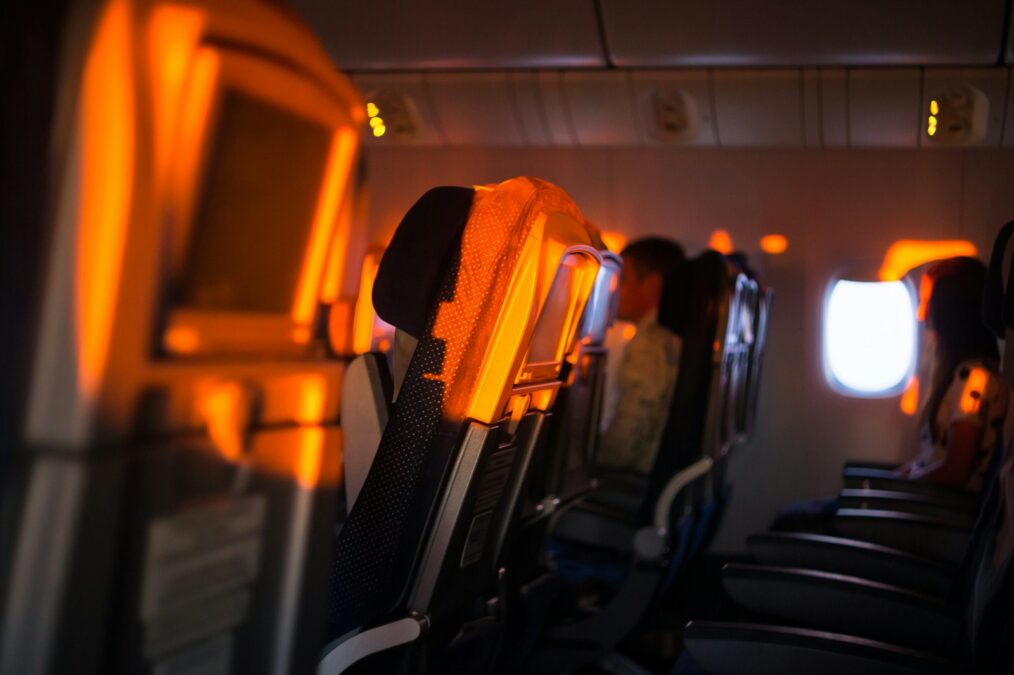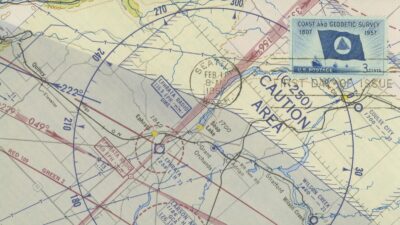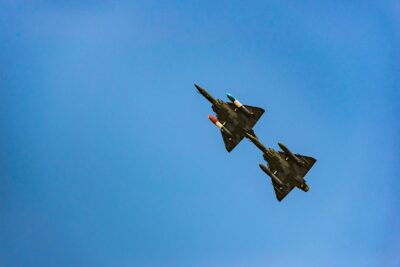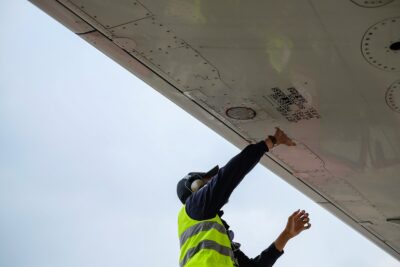The Role of VSAT Systems in Aviation
VSAT systems play a pivotal role in enabling in-flight connectivity by establishing a reliable link between aircraft and satellites orbiting the Earth. These systems utilize antennas installed on the exterior of the aircraft to communicate with geostationary satellites, which relay data signals to and from the ground station. The onboard VSAT equipment, consisting of modems, routers, and amplifiers, processes and distributes the data signals throughout the aircraft, creating a Wi-Fi network accessible to passengers and crew. This technology allows airlines to offer various connectivity packages to passengers, ranging from basic internet access to premium streaming services, enhancing the overall travel experience.
The Importance of In-Flight Connectivity
In today’s digitally-driven world, connectivity has become a necessity even at 30,000 feet above ground. Passengers expect seamless internet access and the ability to stay connected with their work, family, and entertainment options while traveling. Recognizing this demand, the aviation industry has turned to advanced technologies like Very Small Aperture Terminal (VSAT) systems to provide reliable in-flight connectivity. These systems leverage satellite communication technology to offer high-speed internet access, enabling passengers to browse the web, check emails, and stream media content during their flights. By meeting the connectivity needs of passengers, airlines can enhance the overall travel experience and stay competitive in the market.
Advancements in VSAT Technology
Recent advancements in VSAT technology have further improved in-flight connectivity capabilities and reliability. Newer VSAT systems feature advanced antenna designs and signal processing techniques, allowing for better performance in adverse weather conditions and during high-speed flight. Moreover, the integration of Artificial Intelligence (AI) and Blockchain technologies into VSAT systems has enhanced security and data management protocols, ensuring safe and secure connectivity for passengers and crew. As the aviation industry continues to evolve, VSAT systems will play an increasingly vital role in meeting the growing demand for in-flight connectivity while maintaining high standards of reliability and security.
The Impact on Passenger Experience
The adoption of VSAT systems in the aviation industry has significantly transformed the passenger experience during flights. With reliable in-flight connectivity, passengers can stay productive by working remotely, accessing cloud-based applications, and attending virtual meetings while in the air. This level of connectivity not only benefits business travelers but also enhances the overall travel experience for leisure passengers, who can stay entertained by streaming their favorite movies, TV shows, and music playlists. Additionally, VSAT systems enable passengers to stay connected with their loved ones through social media, messaging apps, and video calls, mitigating the feeling of isolation during long-haul flights. By offering seamless connectivity, airlines can improve customer satisfaction and loyalty, leading to repeat business and positive word-of-mouth referrals.
Operational Efficiency and Safety Enhancements
Beyond enhancing the passenger experience, VSAT systems also contribute to operational efficiency and safety in the aviation industry. Airlines can leverage real-time data transmitted through VSAT connections to monitor aircraft systems, track flight progress, and communicate with ground control centers more effectively. This enables airlines to optimize flight routes, manage fuel consumption, and respond promptly to weather-related challenges or emergencies. Moreover, VSAT-enabled communication systems enhance situational awareness for pilots and air traffic controllers, facilitating safer flight operations and reducing the risk of mid-air collisions or navigational errors. As a result, VSAT technology not only benefits passengers but also enhances the overall safety and reliability of air travel.
Future Trends and Opportunities
Looking ahead, the adoption of VSAT systems in the aviation industry is poised to continue growing, driven by advancements in satellite technology and increasing passenger demand for connectivity. Future trends may include the integration of Virtual Reality (VR) and Augmented Reality (AR) applications into in-flight entertainment systems, offering passengers immersive experiences during their journeys. Additionally, the expansion of VSAT coverage to remote and underserved regions could open up new opportunities for airlines to reach untapped markets and expand their global presence. As technology evolves, VSAT systems will remain at the forefront of innovation in the aviation industry, shaping the future of in-flight connectivity and passenger experience.
#AviationTechnology #InFlightConnectivity #VSATSystems #AI #Blockchain #AirlineInnovation























